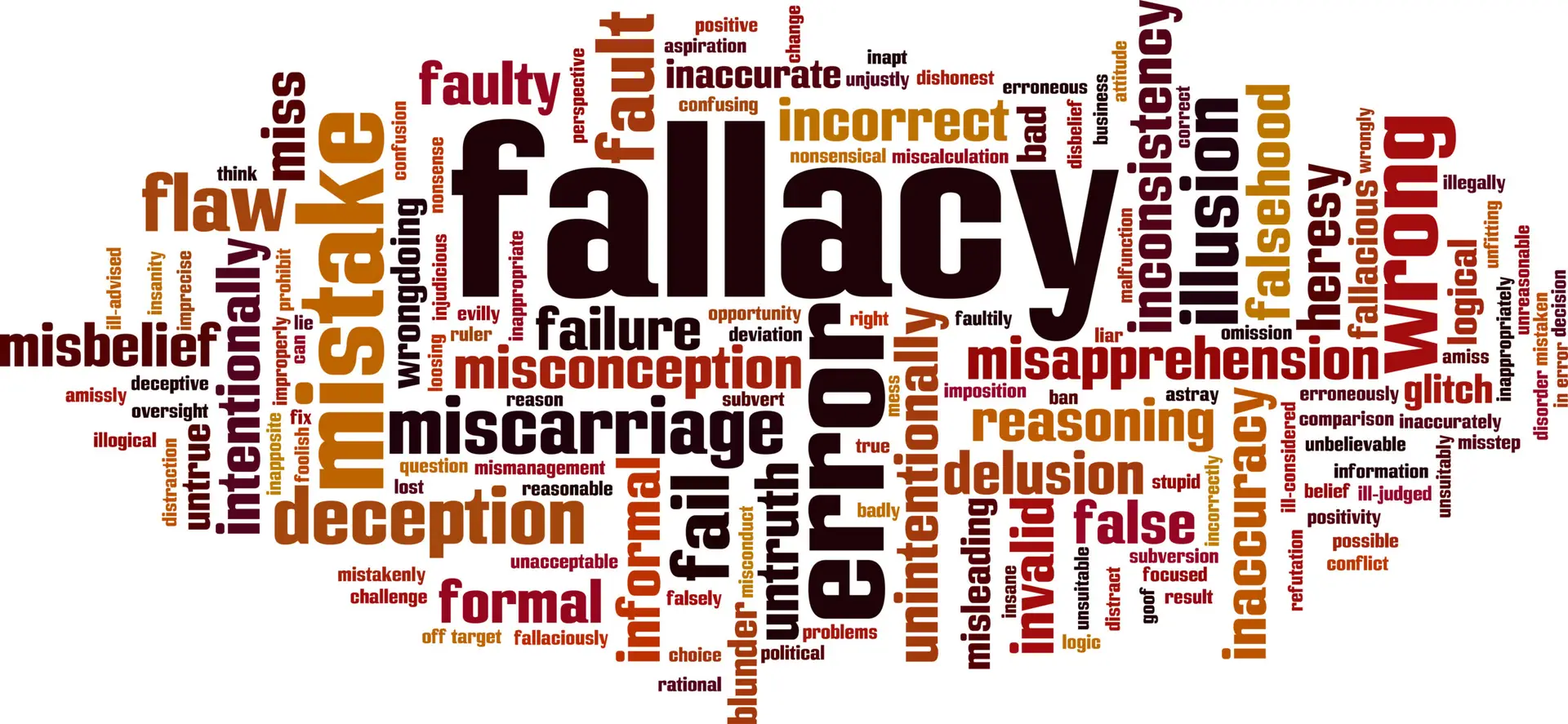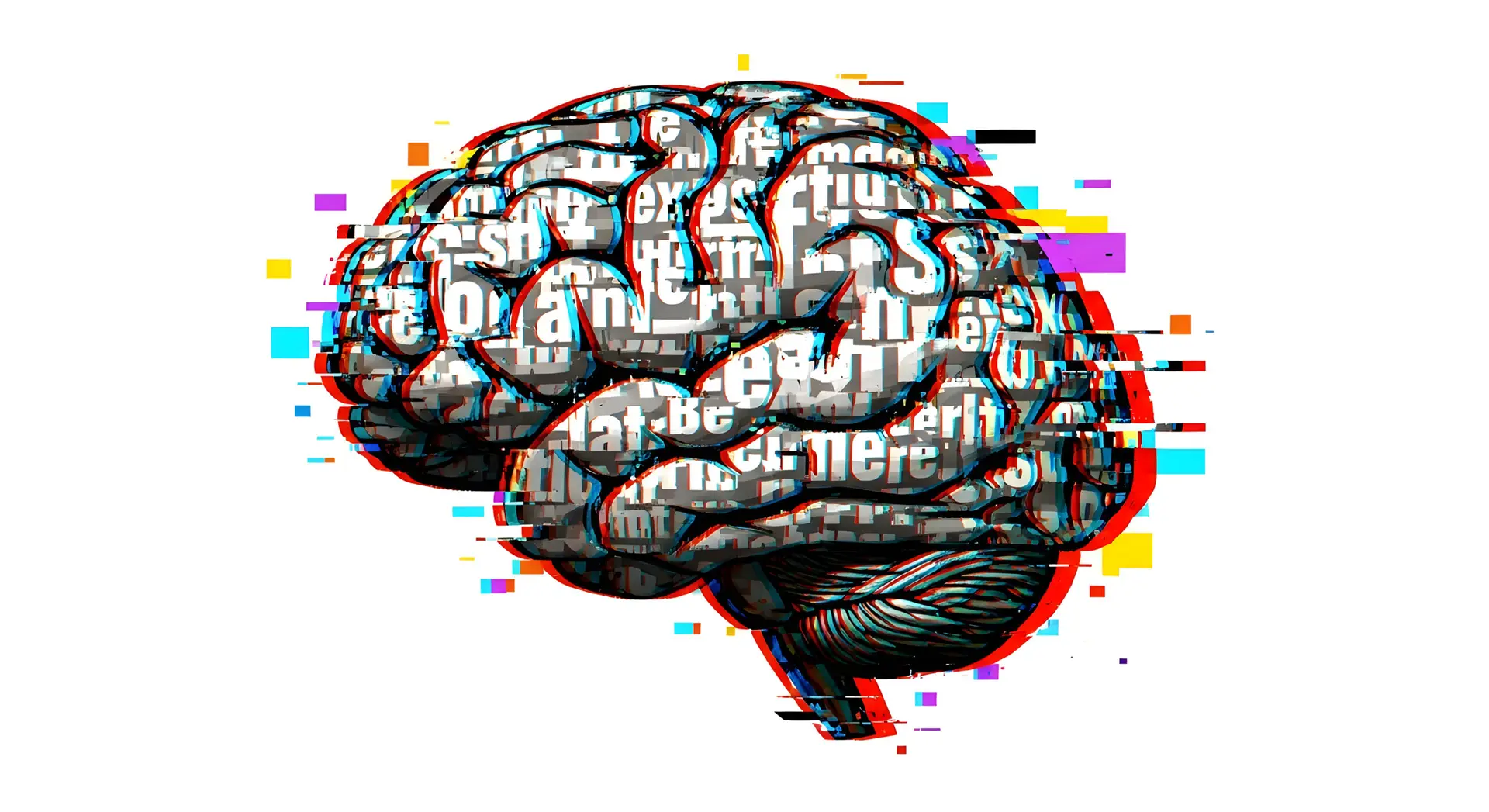Definitions of ‘Scapegoat’
Someone who is blamed or punished for another’s faults or actions.
A person or thing that is blamed for something bad that someone else has done.
The term scapegoat comes from the biblical story of a goat who is sent out into the wilderness carrying the sins of the tribe:
On Yom Kippur, the ancient Hebrews would sacrifice one goat for God and lead another one, over whom all the sins of Israel had been confessed, into the wilderness to bear the sins of the people away.
The Book of Leviticus, part of the Hebrew Bible, describes the sacrifice of goats during the holiday by throwing goats off of rocky headlands — the Azazel — who have symbolically had the sins of the community placed upon them. Celebrants believed that this slaughter would bring atonement to their communities.https://www.simplypsychology.org/scapegoating.html
https://www.merriam-webster.com/dictionary/scapegoat
The Role of the Scapegoat in a Family
In a narcissistic family system there are fairly rigid roles for each member. The narcissistic parent (or the one with the most power, often financial, if they are both narcissistic) is the head and their word is law. The coparent may be an enabling co-dependent type and the children are placed into the roles of Scapegoat Child and its opposite counterpart the Golden Child. There can also be the role of the ignored or Lost Child. Roles tend to be reasonably stable over time although there can be times when the roles change (i.e., the scapegoat child leaves home, which leaves a vacancy, or a parent uses the scapegoat as a parentified confidant). The scapegoat child is seen as the problem in the family. They are told they are too sensitive, dramatic, attention seeking, mad, crazy, evil or stupid and the family narrative is that if it weren’t for them, everything would be fine. The scapegoat takes on board the negative feelings in the family and through this process, they are the glue that binds the rest of the family together, the scapegoat serves that role for the whole family, not only for the narcissistic parent. Anger at other family members can be taken out on the scapegoat, this is known as displaced anger.
The Golden Child can be defined as a child who is idealised and is given praise, attention and resources. They are a mirror of the narcissistic parents idealised self.
The roles of Golden Child, Lost Child and Scapegoat Child are roles which are forced onto the children by the narcissistic parent/s. People with Narcissistic Personality Disorder respond to others in a ‘split’ and compartmentalised way – people or situations are all good or all bad.
This is known as black and white thinking or all or nothing thinking and it can show up in the general population and in a more pathological way in people who have a personality disorder and trauma.
Some examples of this way of thinking are:
I am fantastic / I am pathetic
Life is brilliant / Life is bad and always will be
I am a success / I am a failure
These polarised ways of thinking are pathological in a person with NPD and can be explained through Object Relations Theory:
Object Relations Theory
Object Relations looks at an individuals ‘internal representations’ of important people in their lives and how an individual sees themselves.
Whole Objects
If we are relating to others as ‘Whole Objects’ then we are able to see both the good and bad in them and hold it in mind simultaneously. We all have good and bad traits and strengths and weaknesses. Individuals who have not attained Whole Object Relations, due to an unsupportive childhood environment, perceive others in a polarised manner, viewing them as either entirely good or entirely bad. They are unable to integrate positive and negative attributes, instead focusing on only one aspect at a time.
People with NPD do not have whole object relations so they see people as either special and unique or as something worthless and valueless.
This means that if you are in the scapegoat role then the person with NPD only sees a ‘part’ of you and relates to that part alone. This is going to be something they may be projecting (their own repressed and dissociated shame) or something they do not like about themselves that they see in you – a ‘neediness’ or a ‘weakness’ which they react strongly to. The scapegoat may be less willing to go along with the ‘regime’ as readily as others. There can be many factors at play.
Object Constancy
Object constancy refers to the ability to maintain a positive connection to someone during times when they feel frustrated, hurt, disappointed, or angry with that person. Without object constancy, individuals are more likely to devalue or even physically harm someone. This occurs because, during moments of negative emotion, they may temporarily forget all the positive qualities they appreciate in that person, leading to feelings of hatred or contempt. This lack of object constancy is a significant factor in the abuse many individuals experience or witness. Another aspect of object constancy is the ability to remain emotionally connected to someone who is no longer physically present and to vividly recall their face. Without this capacity, a person with NPD can ‘forget’ others. This is why they frequently turn on those they profess to love and can launch vicious attacks against them.
n.b., The lack of whole object relations and object constancy can be changed over time with hard work (self development, learning about psychological concepts in general and perhaps having therapy).
The Role of The Scapegoat
The Scapegoat Role in Families and in Wider Society
Once a child learns the language of being a scapegoat then they may often find themselves in the position of receiving the displaced anger of other people again; at school, university, work or in their friendship groups or romantic relationships.
Displaced Anger
Displaced anger is the way the mind deals with unacceptable or threatening feelings (such as anger, fear or shame) towards a person by shifting them onto a substitute target that feels safer or more permissible. The substitute target is less intimidating or even powerless, reducing the risk of significant consequences when anger is directed toward them. This phenomenon can described as a form of emotional redirection, where the individual channels their emotional energy from the original source of distress to an alternative outlet.
In a narcissistic family, confronting the narcissistic parent is going to put that person in the firing line of a narcissistic rage, or a barrage of criticism, being humiliated or being attacked verbally or physically or all of the above. Consequently, the individual unconsciously suppresses their anger but the repressed emotions do not vanish and instead, they are later expressed toward a more acceptable target, which may be the family scapegoat or another person. Therefore, displacement functions to alleviate anxiety and internal tension by offering an outlet for emotions that would otherwise remain suppressed or lead to inner conflict. Defence mechanisms like displacement can preserve one’s ego or self-esteem and instead of feeling powerless and humiliated, an individual can manage those feelings by later asserting themselves towards someone else.
We speak the ‘language of the scapegoat’ in terms of:
- Our bodies – heads down, shoulders hunched and finding it hard to maintain eye contact
- Our tone of voice – a sing-song voice, a higher tone, an appeasing tone
- The way we walk
- In our inability to stand up for ourselves a lot of the time
- Our inability to say no a lot of the time
and in many other ways as much of the way we communicate is non-verbal.
Scapegoats can be individuals or groups as scapegoating works on a familial level and a societal level. We can see scapegoating at work in sports, politics and wars.
As we can see in the very interesting video below, predatory people all selected the same person as a potential victim in seconds by the way they walked.
How Psychopaths Select Their Victims
Finding Resolution
We need to work on recognising our behavioural patterns by developing our self-awareness.
We need to learn what boundaries are and how to set them. Many children of narcissists have very porous (too relaxed and enmeshed) and sometimes too rigid (putting up a wall to keep other people out) boundaries. We can then better stand up for ourselves and we will feel and be more confident which others will be able to read.
We can pay attention to our own anger and work on recognising if we are feeling angry towards the people we should be feeling angry towards.
Are we guilty of scapegoating people of certain religions, races, or social groups because we are unhappy with ourselves or with something in our own lives?
Further Reading:
How Do You Develop Whole Object Relations as an Adult?
Object Relations
https://www.goodtherapy.org/learn-about-therapy/types/object-relations
Scapegoating
Dictionary Definitions
https://dictionary.cambridge.org/dictionary/english/scapegoat








This Post Has One Comment
This is so accurate to my family situation is scary. My mother is now the scapegoat for the narcissistic mother in law of my brother. She has been cut out of the family theough emotional abuse and gatekeeping of the grandchildren by the Mother in Law. Is there any advice for in laws dealing with a narcissistic family? Especially to maintain contact with grandchildren?